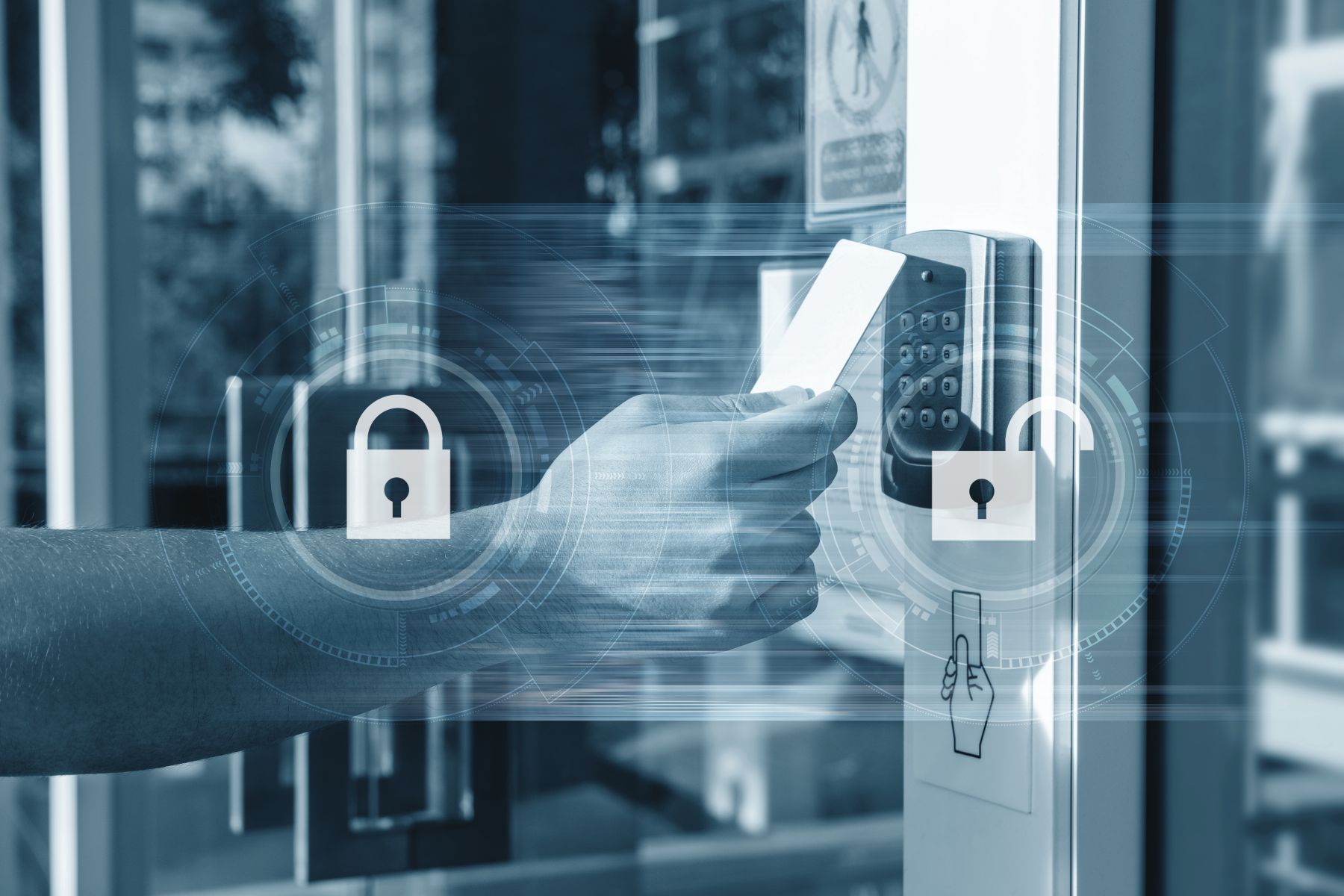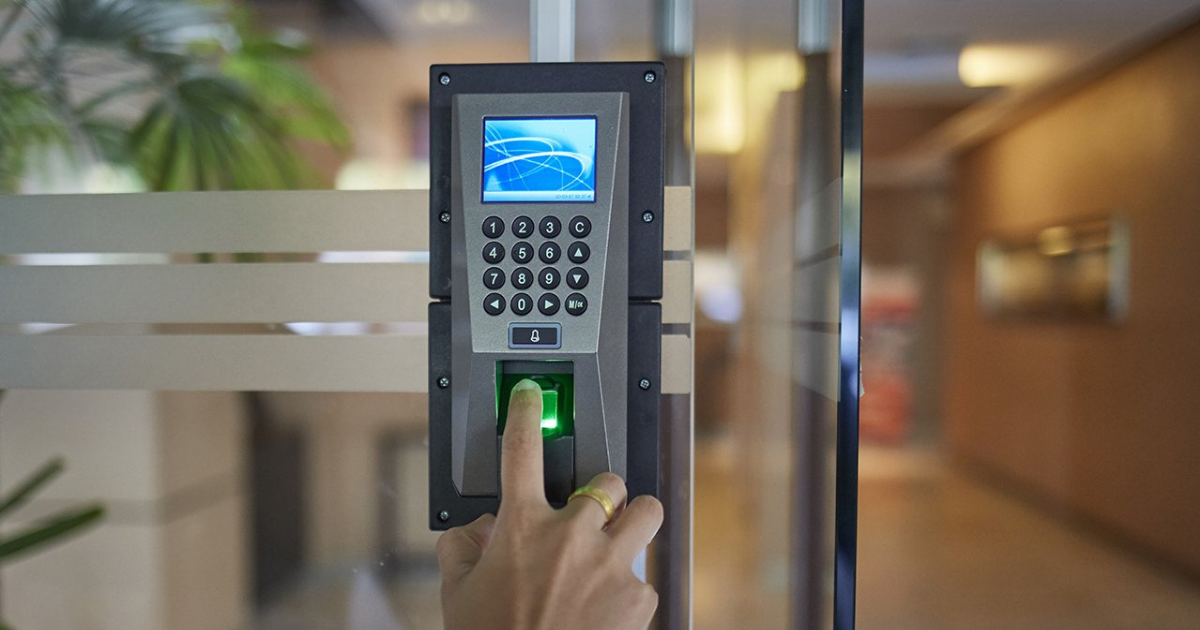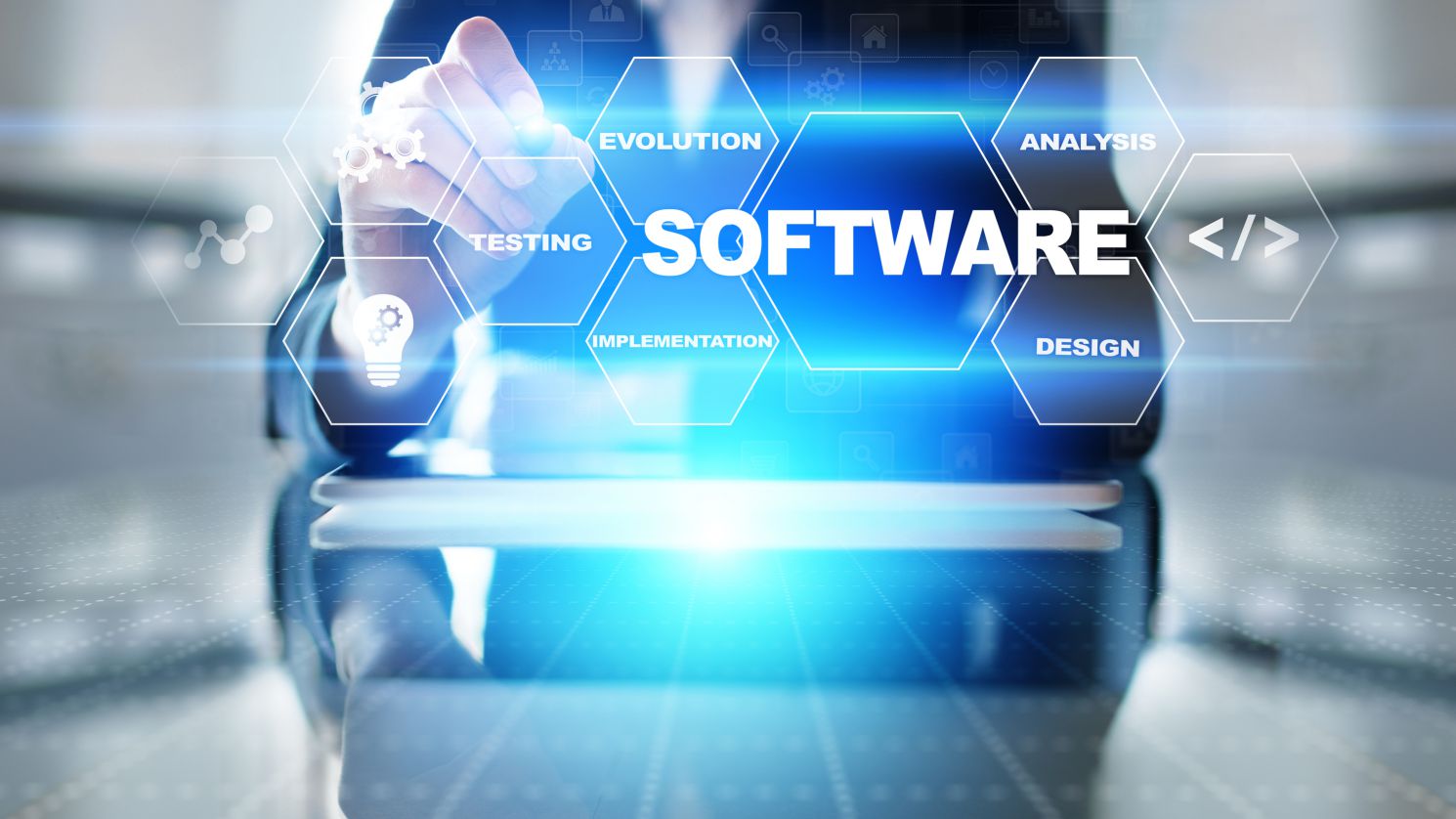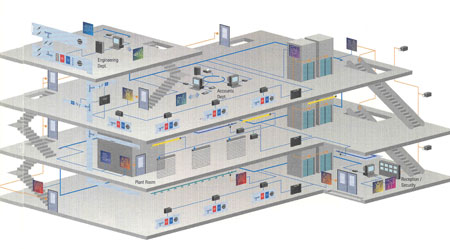Access Control Systems
Security Access Control Systems are widely used within commercial, retail and multi-tenanted apartment buildings. They are designed to increase Security by giving organisations or multi-tenanted building managers the ability to grant or restrict personnel access to doors, lifts, gates and barrier arms within a building or compound. They are also used to log and monitor the activity of staff, visitors, contractors or tenants within and around a property or complex.
Access Control Security Systems range in size and complexity from single door standalone systems to nationwide systems capable of controlling numerous doors and access points, and personnel in multiple buildings from one central location.
Security Access Control Systems require some form of recognition to permit access. This can be achieved either by PIN number, swipe card, proximity card/fob (tag), or using biometric scans such as fingerprint, retina or voice recognition.

Access Control Systems
Security Access Control Systems are widely used within commercial, retail and multi-tenanted apartment buildings. They are designed to increase Security by giving organisations or multi-tenanted building managers the ability to grant or restrict personnel access to doors, lifts, gates and barrier arms within a building or compound. They are also used to log and monitor the activity of staff, visitors, contractors or tenants within and around a property or complex.
Access Control Security Systems range in size and complexity from single door standalone systems to nationwide systems capable of controlling numerous doors and access points, and personnel in multiple buildings from one central location.
Security Access Control Systems require some form of recognition to permit access. This can be achieved either by PIN number, swipe card, proximity card/fob (tag), or using biometric scans such as fingerprint, retina or voice recognition.


Complete Systems
Each user or cardholder can be programmed with their own permissions, defining which doors they can access and at what time. More advanced Access Control Systems have the capability of managing an unlimited number of users over multiple systems.
Access Control Systems have advantages over lock and key; if someone was to lose their access control card, it can be simply deleted from the system – far more cost effective than if a master key was lost or fell into the wrong hands, often resulting in having to change every lock barrel and re-issue keys.
As with all types of security equipment, the system must be designed and installed in a way which restricts access to those with unauthorised entry. Fortress Security can design, install and maintain an Access Control system to suit your requirements, building codes of practice and budget.
Complete Systems
Each user or cardholder can be programmed with their own permissions, defining which doors they can access and at what time. More advanced Access Control Systems have the capability of managing an unlimited number of users over multiple systems.
Access Control Systems have advantages over lock and key; if someone was to lose their access control card, it can be simply deleted from the system – far more cost effective than if a master key was lost or fell into the wrong hands, often resulting in having to change every lock barrel and re-issue keys.
As with all types of security equipment, the system must be designed and installed in a way which restricts access to those with unauthorised entry. Fortress Security can design, install and maintain an Access Control system to suit your requirements, building codes of practice and budget.

Access Control Hardware
Access Control Systems are built up of controllers and peripheral devices such as locks, readers and egress devices. The main controller is the heart of the system and all devices are usually hard-wired back to controllers or sub controllers. Types of Access Control hardware include the following;

Access Control Software
Operator Software offers the client a user-friendly means of modifying user access levels and time zones, adding or deleting users and investigation of log events and activity. Many modern Access Control systems are connected to the internet, which gives the security manager the ability to manage the system, ‘onsite’ or ‘offsite’, using remote access software, web browser access, or an app for a Smart device.
Door Monitoring
Door Monitoring in Access Control Systems can be used to monitor the status of the door, such as Locked, Open, Forced, or Door Open Too Long (DOTL). Door Monitoring can provide valuable information as to what state the access control door is in, identifying vulnerable security doors or attempted security breaches.
Door monitoring can be used to alert the 24-hour monitoring station, on-site security personnel, or Emergency contacts if the door is breeched or unsecure.


Door Monitoring
Door Monitoring in Access Control Systems can be used to monitor the status of the door, such as Locked, Open, Forced, or Door Open Too Long (DOTL). Door Monitoring can provide valuable information as to what state the access control door is in, identifying vulnerable security doors or attempted security breaches.
Door monitoring can be used to alert the 24-hour monitoring station, on-site security personnel, or Emergency contacts if the door is breeched or unsecure.

System Integration
It is becoming more popular for commercial security managers to integrate their Alarm system, CCTV system and Access Control system onto one management platform.
This allows the combined Alarm/Access Control System to be managed using the same software or workstation. Hardware and software integration in Security systems has many benefits i.e. doors can be assigned to areas of the alarm inhibiting access if the system is armed.
Access Control and Alarm systems can also be integrated into CCTV systems and can give commands to CCTV systems, commanding a camera to zoom in on a door and speed up the recording rate if a door is opened, forced or held open for longer than its pre-determined time. High level integration connects such systems at a software level.
It is now becoming increasingly popular to use the Security System as the centralised controller for the Building Management System (BMS) where other building services such as HVAC, lighting and audio can be managed from one single operating platform, using the alarm to signal services alarms such as generator fault, over temperature alarms, fire alarms, refrigeration alarms etc.


